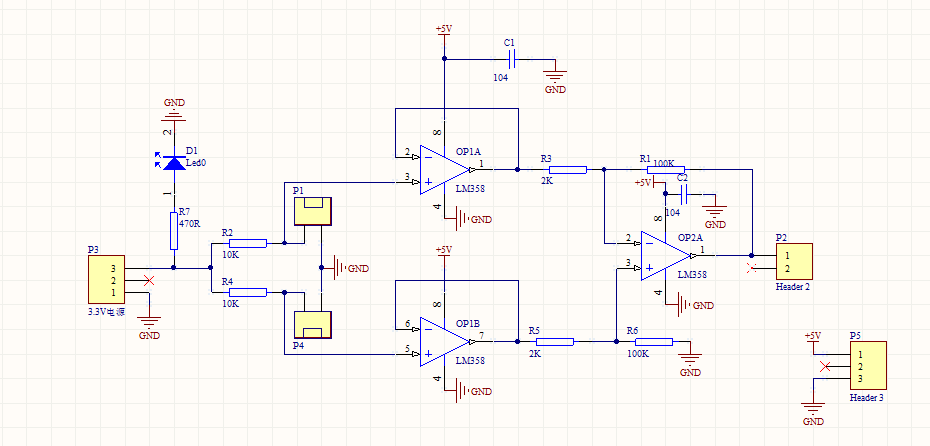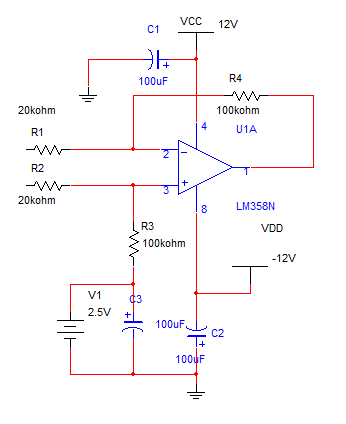By Texas Instruments 100
We collect some more technical information about the LM358. hope this will be helpful for electronic engineer.
Could you please help in LM358 as a differential operational amplifier?
Differential amplifier circuit design requirements:
Input signal difference: 50mv -500mv
Op amp model: LM358
Magnification: 10 times
Op amp power supply: +8V - +18V
The problem that arises is that the simulation results are no problem, but the actual results do not match
1. When the power supply voltage of the op amp drops below 10V, the output of the op amp is about 7-8 volts;
2. This also occurs when the voltage of VDD is less than VCC.
Please enlighten me, thanks and regards.





this is normal phenomenon.
1. This is caused by the output characteristics of the op amp itself. The maximum high potential of the LM358 output is 2~3V lower than the supply voltage, so the output of the op amp is about 7-8 volts when powered below 10V.
2. This is caused by the input characteristics of the op amp itself. The maximum input common-mode voltage of the LM358 is also 2~3V lower than the supply voltage.
In order for the circuit to work properly, a suitable power supply must be selected. The supply voltage must be higher than the input and output voltage range of 3V or more.
The figure below shows the input and output parameters of the LM358.
(2)
The supply voltage is reduced and the saturation voltage drop is also reduced. This situation indicates that the op amp is saturated.

2. Why the chip will be hot when LM358 is used as a voltage follower
Hello everyone. I am a electronic engineer.
I have some problem during I use this chip in my design.
When using a lm358 chip as a subtractor and voltage follower, the chip will be hot and hot. I don't know what went wrong? When the voltage follower is not connected, the chip will not heat up. When the voltage follower is connected, the chip will be hot. Is it a problem with the voltage follower? Or is it caused by a subtractor and a voltage follower?
(1)
It may be that the load of the voltage follower is too small, I do not know what load is behind?
If the no-load is not hot, this is the reason.
(2)
There is no load behind, and there is no load behind. Try the load.
(3)
If the load is followed, it seems that the chip will be hotter.
(4)
It should be that the VCC and GND of the PCB circuit are reversed.